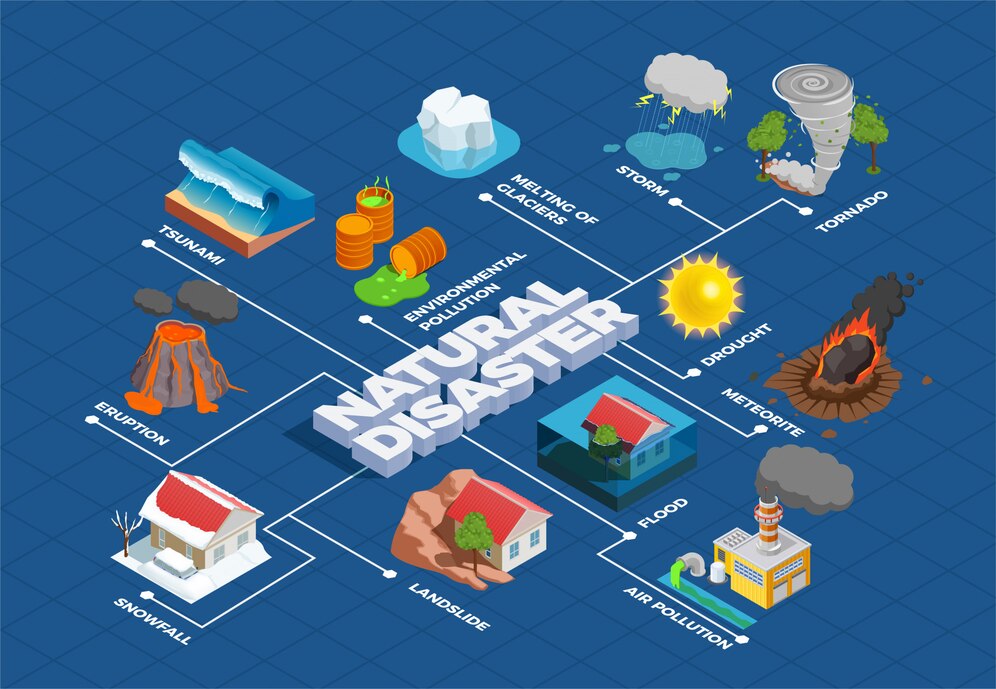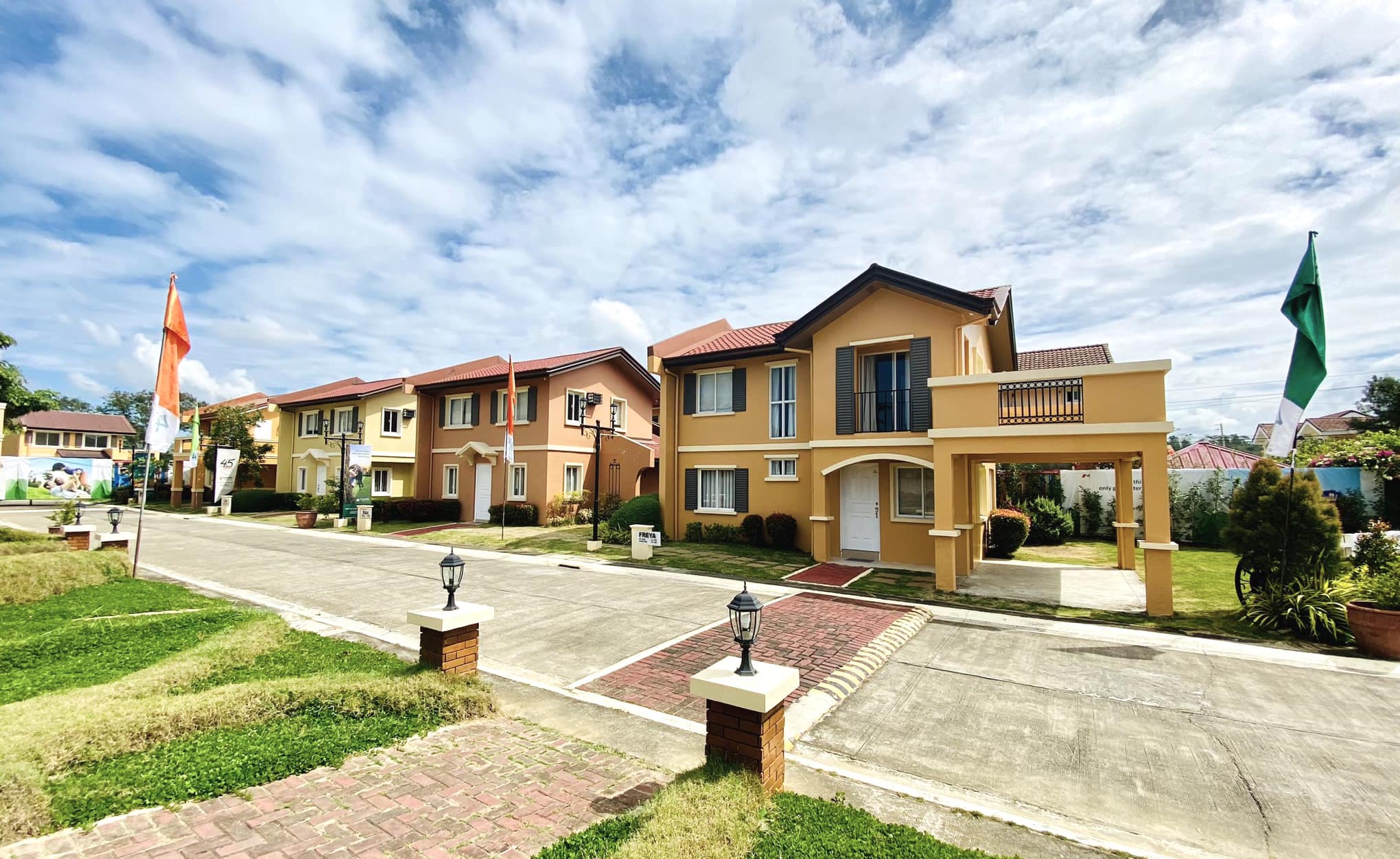From Warnings to Action: Examining the Philippines’ Disaster Risk Reduction Strategies
The Philippines belongs to the Pacific Ring of Fire, an area lining the Pacific Ocean where volcanic eruptions and earthquakes often occur. Year by year, the Philippines experiences a growing disaster risk.
Data from the World Bank show that about 60 percent of the Philippines’ land area and 74 percent of Filipinos are exposed to extreme weather events and sudden-onset disasters, including earthquakes, landslides, tsunamis, droughts, floods, cyclones, and typhoons. In the last 33 years, the Philippines has experienced about 565 of these disasters, killing approximately 70,000 people.

In addition, with the current climate projections, there is a heightened risk of natural disasters for developing countries like the Philippines. The country has been experiencing 20 typhoons per year on average, with eight making landfall.
The combination of the myriad sources of risk exposed, extreme poverty, and lack of disaster risk information lead to a direct disaster economic loss. There is an obvious need to raise awareness for disaster risk reduction in the country to build a resilient future for Filipinos.
UN International Day for Natural Disaster Reduction
The United Nations International Day for Natural Disaster Reduction, observed annually on October 13th, holds special significance for countries like the Philippines, which are highly susceptible to large-scale disasters caused by natural events and other related environmental issues.
The International Day for Disaster Reduction underscores the critical importance of disaster risk reduction and disaster prevention. It serves as a platform to raise awareness about the constant threat of natural disasters and the urgent need for proactive measures. Therefore, commemorating this day is crucial for highlighting the nation’s commitment to disaster resilience and disaster reduction.
The United Nations General Assembly dedicates this day for disaster risk awareness by encouraging governments, communities, and civil society organizations in areas where disasters hit hardest. The UN General Assembly seeks to make natural disaster reduction part of a global culture. Organisations are urged to collaborate on disaster risk reduction strategies and strengthen disaster resilience in their respective locales.
Natural Disaster Reduction Strategies in the Philippines
In a country where millions of people are exposed to the recurring threat of natural hazards, there is a major emphasis on natural disaster reduction. The International Day for Disaster Risk Reduction is an opportune time to help Filipinos understand the disproportionate disaster impacts they face and that disasters requires addressing.
Here are some of the current disaster reduction initiatives in place in the Philippines:
1. Early Warning Systems
The Philippines has established a robust early warning system through the Philippine Atmospheric, Geophysical and Astronomical Services Administration (PAGASA). This system provides timely and accurate information about approaching typhoons, storm tracks, rainfall, and potential hazards. Public advisories and warnings are disseminated through various channels, including radio, SMS, television, and social media.
2. Preemptive Evacuation
Local governments implement preemptive evacuation plans to move residents in high-risk areas to safer locations before a typhoon strikes. Evacuation centers are designated, and local officials coordinate with communities to ensure a swift and safe evacuation process.
3. Risk Assessment and Zoning
The Philippines conducts hazard mapping and risk assessments to identify vulnerable areas prone to natural disasters such as storm surges, flooding, landslides, and earthquakes. This information is used to create hazard-resistant building codes and land-use zoning regulations. It also helps citizens understand disproportionate disaster impacts and know where and how they can invest in sustainable development goals.
4. Disaster Preparedness and Training
Communities are encouraged to participate in natural disaster reduction. For one, they are trained to prepare for typhoons by conducting drills, training, and disaster preparedness education. This includes teaching people how to create emergency kits, secure their homes, and develop family emergency plans. Having the knowledge to respond properly is a big step in reducing disaster risk and global disaster mortality.

Cara
Price starts at Php 5.1M – Php 8.1
Floor Area: 66 sqm.
Min. Lot Area: 88 sqm.
2-Storey Single Firewall, 3 Bedrooms, Living Area, Dining Area, Kitchen, 2 Toilet and Bath, Provision for Balcony & Carport
5. Infrastructure Resilience
To reduce disaster risk, the government invests in resilient infrastructure, such as flood control systems, coastal defenses, and typhoon-resistant housing, to reduce the damage caused by typhoons. They aim to provide adequate and sustainable support to organisations and businesses that prioritise natural disaster reduction through incentivising sustainable development projects. These efforts aim to protect both urban and rural areas.
6. Coordination and Communication
Coordination among different government agencies, local government units, non-governmental organizations (NGOs), and the international community is essential for efficient disaster response. Clear communication channels are established to facilitate information sharing and resource allocation during typhoon events to substantially enhance international cooperation.
7. Post-Disaster Response and Recovery
Following a natural disaster, the government and humanitarian organisations work together to provide immediate relief assistance, including food, clean water, shelter, and medical services to affected communities. Recovery efforts focus on rebuilding infrastructure, restoring utilities, and helping communities get back on their feet.
8. Climate Change Adaptation
Green initiatives have become emerging trends in the country. This comes as no surprise since the Philippines is recognising the link between climate change and the increasing frequency and intensity of typhoons. The country is actively involved in climate change adaptation efforts, such as mangrove reforestation, coastal ecosystem restoration, and climate-resilient agriculture practices.
9. Legislation and Policies
The Philippines has enacted laws and policies to support disaster risk reduction and management, such as the political declaration of the Philippine Disaster Risk Reduction and Management Act of 2010. These laws provide a legal framework for disaster preparedness and response.
Despite these comprehensive strategies, the Philippines remains vulnerable to typhoons due to its geographical location and climate patterns. Continuous efforts to improve infrastructure resilience, community preparedness, and disaster management capacity are essential to reduce the impact of typhoons and protect the lives and livelihoods of its citizens.
Camella Helps You in Natural Disaster Reduction
Raising awareness about natural disaster reduction is one of our advocacies in Camella. In addition, we support the country’s participation in the International Day for Disaster. It is a major step in building the global culture of reducing disaster risk which we strive to create in the homes and communities we build.
Our master-planned communities are developed for a more resilient future. We take into account the disaster risk reduction strategies already available to help you protect your home during these natural disasters.

Check out our House and Lot for Sale Properties
Discover our house and lot for sale properties in the Philippines


